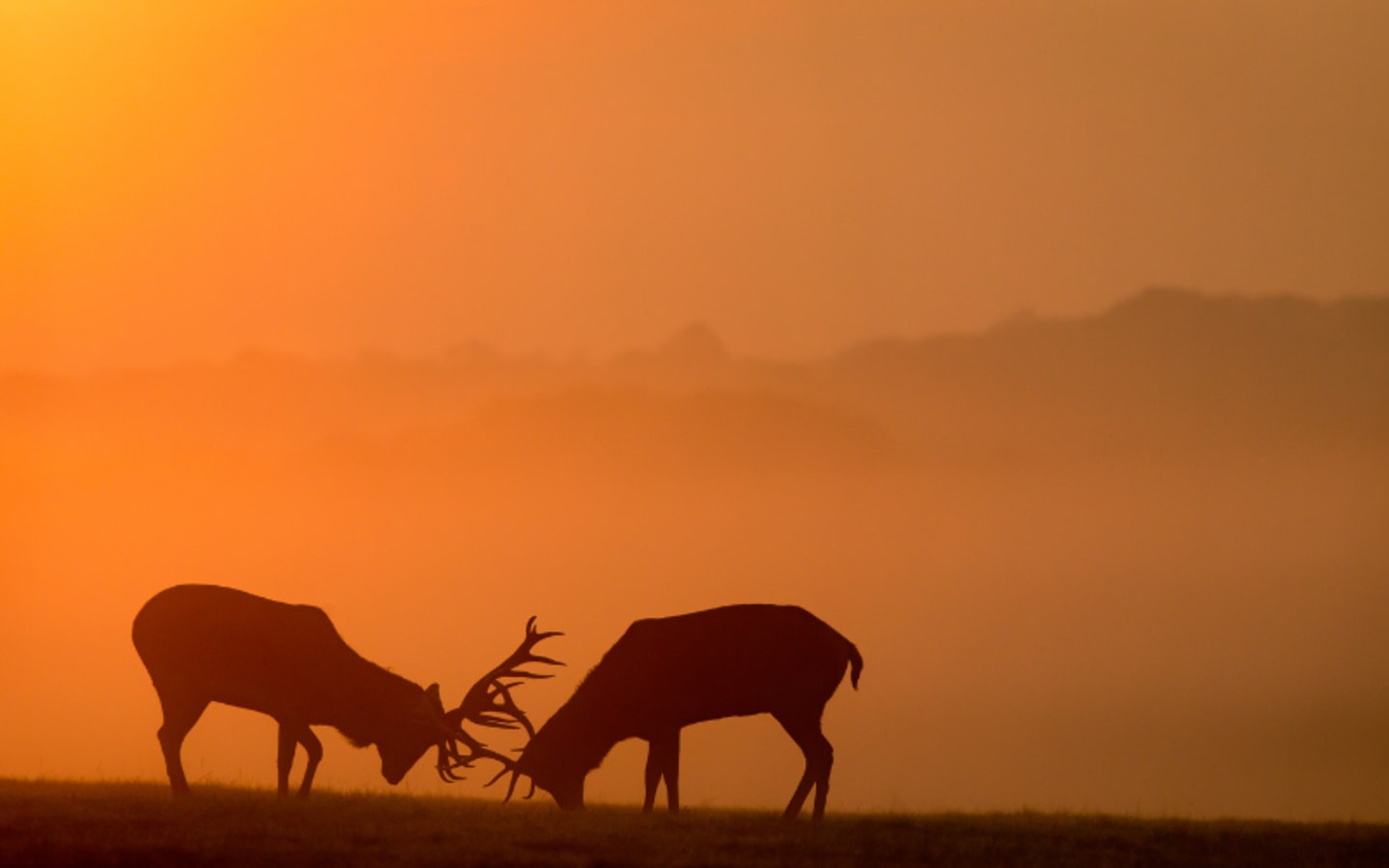In Montana, hunting is more than just a pastime—it’s a way of life, deeply woven into the fabric of the state’s culture. Every year, hunters head into the field, chasing elk, deer, and other big game, creating memories that last a lifetime. But months after the season ends, some get a call from a surveyor asking about their success. These phone surveys, conducted by Montana’s Fish, Wildlife & Parks (FWP), aim to gather data on how many animals were harvested, which helps set hunting seasons and bag limits for the next year. The system has been in place for decades, but not everyone thinks it’s working. Some hunters are pushing for mandatory harvest reporting, believing it would deliver better data and improve wildlife management. Others, including seasoned wildlife experts, argue the current approach, flawed as it may be, still gets the job done. So, what’s the real story behind Montana’s harvest data collection, and is mandatory reporting the answer?
The Current System: Phone Surveys and Their Limits
Montana’s FWP relies on a tried-and-true method: phone surveys. Each year, they contact a large, randomized group of hunters—about 65,000 for elk and another 65,000 for deer. The goal isn’t to talk to every single hunter but to get a sample big enough to estimate total harvest numbers with reasonable accuracy. According to retired FWP wildlife biologist Bruce Sterling, these surveys aim for a midpoint estimate, typically within a 10% margin of error. That means if the survey estimates 20,000 elk harvested in a hunting district, the actual number could be anywhere from 18,000 to 22,000. For wildlife managers, that’s usually close enough to make informed decisions about seasons, quotas, and conservation efforts.
The phone surveys aren’t just about numbers, though. They allow surveyors to dig deeper, asking follow-up questions to clarify details. For example, some hunters don’t know the exact hunting district they were in or even whether they bagged a white-tailed or mule deer. Surveyors can catch these mistakes, ensuring the data is as accurate as possible. It’s a human touch that automated systems might miss.
But the system isn’t perfect. Critics argue it’s outdated and produces unreliable numbers. Montana hunter Phil Zebal is one of the loudest voices calling for change. He’s frustrated that FWP’s estimates can be off by thousands of animals—potentially 10,000 or more for elk and even double that for deer. He also points out that the surveys don’t capture key details like hunter effort (how many days they spent in the field), success rates, or the age of the animals harvested. For Zebal and others, these gaps in data are a big problem, especially when wildlife populations, like mule deer in eastern Montana, are struggling, yet hunting seasons remain largely unchanged.
Why the Push for Mandatory Reporting?
The frustration with phone surveys has sparked a growing call for mandatory harvest reporting, where every hunter would be required to report their kills, likely through a website, app, or mail-in form. Earlier this year, Montana’s state legislature considered a bill that would have pushed this idea forward. The proposal included incentives, like awarding a bonus point for deer or elk tags to hunters who reported their harvest. On the flip side, those who didn’t comply could face fines ranging from $5 to $50. The bill didn’t make it out of committee, but hunters like Zebal are determined to keep the issue alive, whether through future legislation or appeals to the Fish and Wildlife Commission.
The argument for mandatory reporting is straightforward: more data should mean better data. If every hunter reports their harvest, the state would have a clearer picture of how many animals are being taken and where. This could lead to more precise management decisions, especially in areas where game populations are declining. For example, mule deer numbers in eastern Montana have been dropping, but critics say FWP hasn’t adjusted seasons enough to address the issue. Mandatory reporting, they argue, could provide the hard numbers needed to justify tighter regulations or other conservation measures.
Other states already use mandatory reporting, and it’s not a new idea. About half of U.S. states rely on voluntary systems like Montana’s phone surveys or opt-in electronic tags, while the other half require hunters to report their harvests. The push for mandatory reporting in Montana comes from a belief that the state’s current approach is too old-school and can’t keep up with modern wildlife management needs.
The Case Against Mandatory Reporting
But mandatory reporting isn’t a magic fix, and some experts warn it could create new problems. Bruce Sterling, who spent years working for FWP, is skeptical. He points out that forcing hunters to report their harvests—whether by phone, mail, or online—could lead to errors that go unnoticed. Unlike phone surveys, where a live person can catch mistakes, automated systems might collect bad data without anyone realizing it. For example, a hunter might accidentally report the wrong hunting district or misidentify the species they harvested, and there’d be no surveyor to double-check. “Mandatory reporting via a phone call or mail-in card or website will contain major errors that won’t be corrected,” Sterling says. “I don’t think it’s the best way to get the best available data.”
There’s also the question of compliance. Even with fines or incentives, not every hunter might follow through. Some might forget, others might intentionally skip reporting, especially if they’re worried about stricter regulations in their favorite hunting areas. And enforcing mandatory reporting could stretch FWP’s resources thin, as they’d need to track down non-compliant hunters and process a flood of new data.
Another point in favor of the current system is that wildlife managers don’t need perfect data to make good decisions. Sterling emphasizes that the phone surveys, combined with other tools like highway game-check stations and electronic tags, provide enough information to guide management. While the surveys might not pinpoint the exact number of animals harvested, they give a reliable range that’s been sufficient for decades. Completely overhauling the system, as critics like Zebal suggest, could mean throwing out years of consistent data and starting from scratch—a risky move for wildlife management.
The Bigger Picture: Balancing Tradition and Progress
The debate over harvest reporting in Montana reflects a broader challenge in wildlife management: balancing tradition with the push for modern solutions. Phone surveys have been a staple for decades, and they’ve helped FWP manage big-game populations through booms and busts. But as hunting pressure grows and wildlife populations face new challenges—like habitat loss and changing weather patterns—hunters are demanding more transparency and precision.
Mandatory reporting might sound like a step forward, but it’s not without risks. Inaccurate data, compliance issues, and the cost of implementing a new system could outweigh the benefits. On the other hand, sticking with phone surveys means living with estimates that might be off by thousands of animals, which doesn’t sit well with hunters who see struggling deer herds and unchanged regulations.
For now, Montana’s FWP continues to rely on its phone surveys, supplemented by check stations and electronic tags. But the pressure for change is building, and hunters like Phil Zebal aren’t backing down. Whether mandatory reporting becomes the new standard or the state sticks with its current approach, the goal remains the same: ensuring healthy wildlife populations for generations to come. As the debate plays out, one thing is clear—Montana’s hunters care deeply about the future of their sport and the animals they pursue.
Why It Matters for Hunters
For the everyday hunter, this isn’t just about numbers—it’s about the future of hunting in Montana. Accurate harvest data helps ensure that elk and deer populations stay healthy, which means more opportunities to hit the field year after year. Whether it’s the thrill of tracking a bull elk through the mountains or waiting for a buck at dawn, hunters want to know their efforts are part of a sustainable system. The question is whether mandatory reporting will deliver the clarity and precision hunters are asking for, or if the current system, with all its flaws, is still the best tool for the job.
As Montana’s wildlife managers, hunters, and lawmakers wrestle with these questions, the state’s big-game seasons hang in the balance. The next legislative session or Fish and Wildlife Commission meeting could bring new proposals, and hunters will be watching closely. For now, the phone surveys will keep ringing, and the debate over how to count Montana’s harvests will keep simmering.





